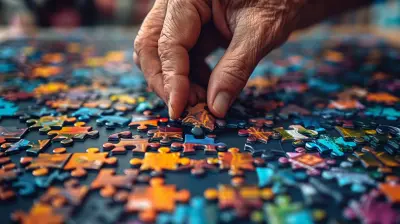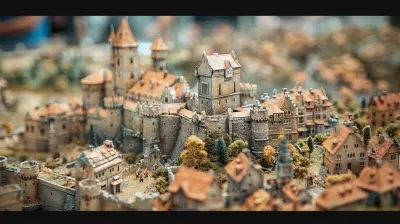Creating Realistic Damage Models in Destruction-Based Games
15 August 2025
We all love the satisfying crunch when a vehicle crashes in slow motion or the explosive crumble of a building under fire in video games. But have you ever wondered what goes into designing that glorious chaos? In the world of destruction-based games, creating realistic damage models isn't just about making things break—it’s about making them break believably. It’s an intricate dance between physics, code, art, and a whole lot of creativity. So, grab your game dev hat (or your controller, no judgment here), and let’s dive into the world of virtual destruction!
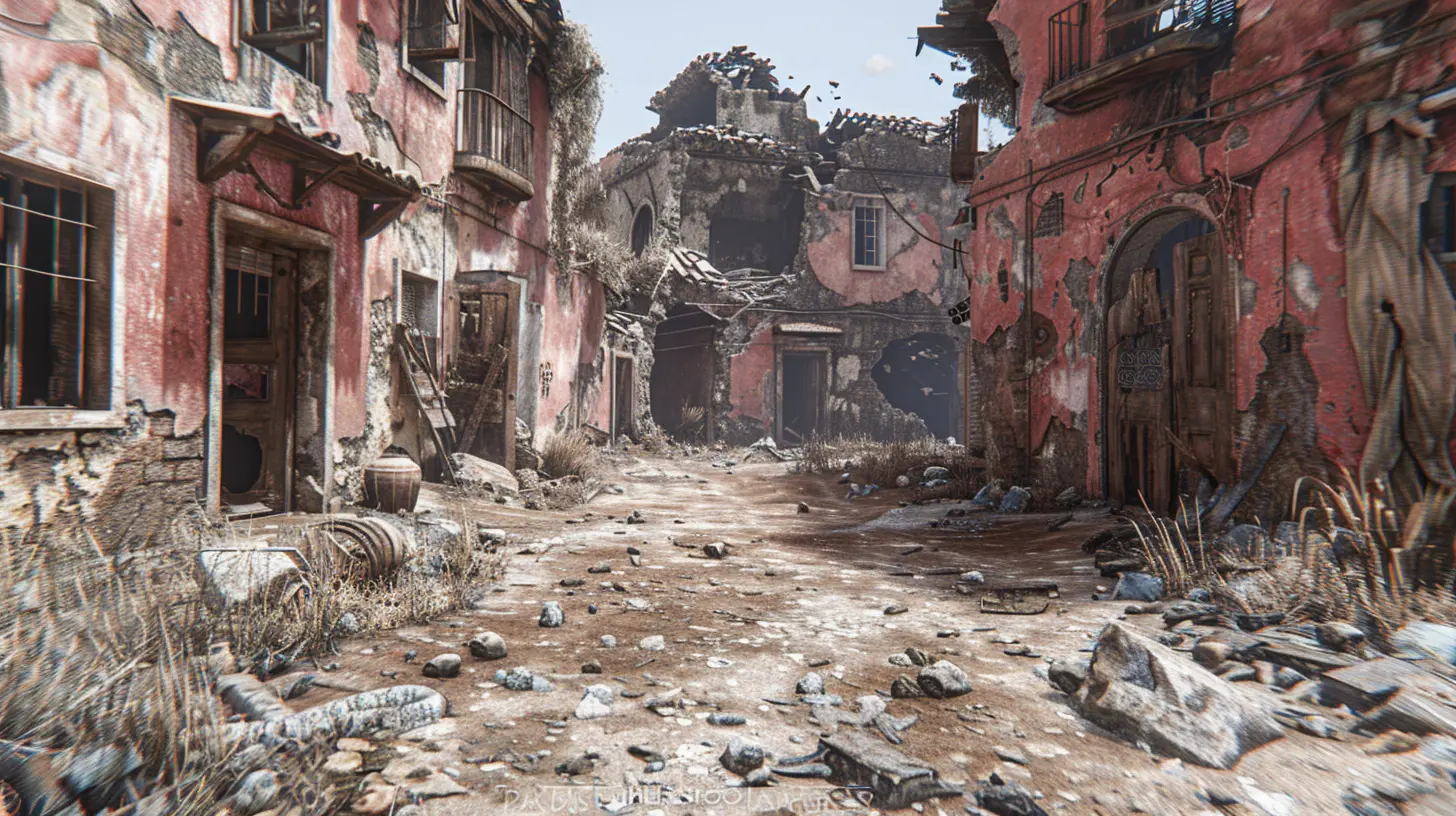
Why Realistic Damage in Games Matters
Let’s keep it real—gamers are a sharp bunch. We notice when a brick wall explodes like it's made of paper or when a car bumper absorbs a missile like a sponge. That kind of stuff pulls us out of the experience. Realistic damage models are essential because they keep us immersed in the action. They make the consequences feel meaningful, the gameplay more strategic, and the environment more alive. And if you're crafting a game where destruction is center stage, your damage models are make-or-break—literally.It’s Not Just About Eye Candy
Sure, smashing stuff feels good (who doesn’t enjoy a well-timed explosion?). But realistic damage isn’t just for visual flair. It adds depth to gameplay mechanics. Think about Red Faction: Guerrilla. You could take down an enemy’s stronghold not by storming in guns blazing, but by collapsing the structure from below. That’s smart gameplay built on a believable destruction model.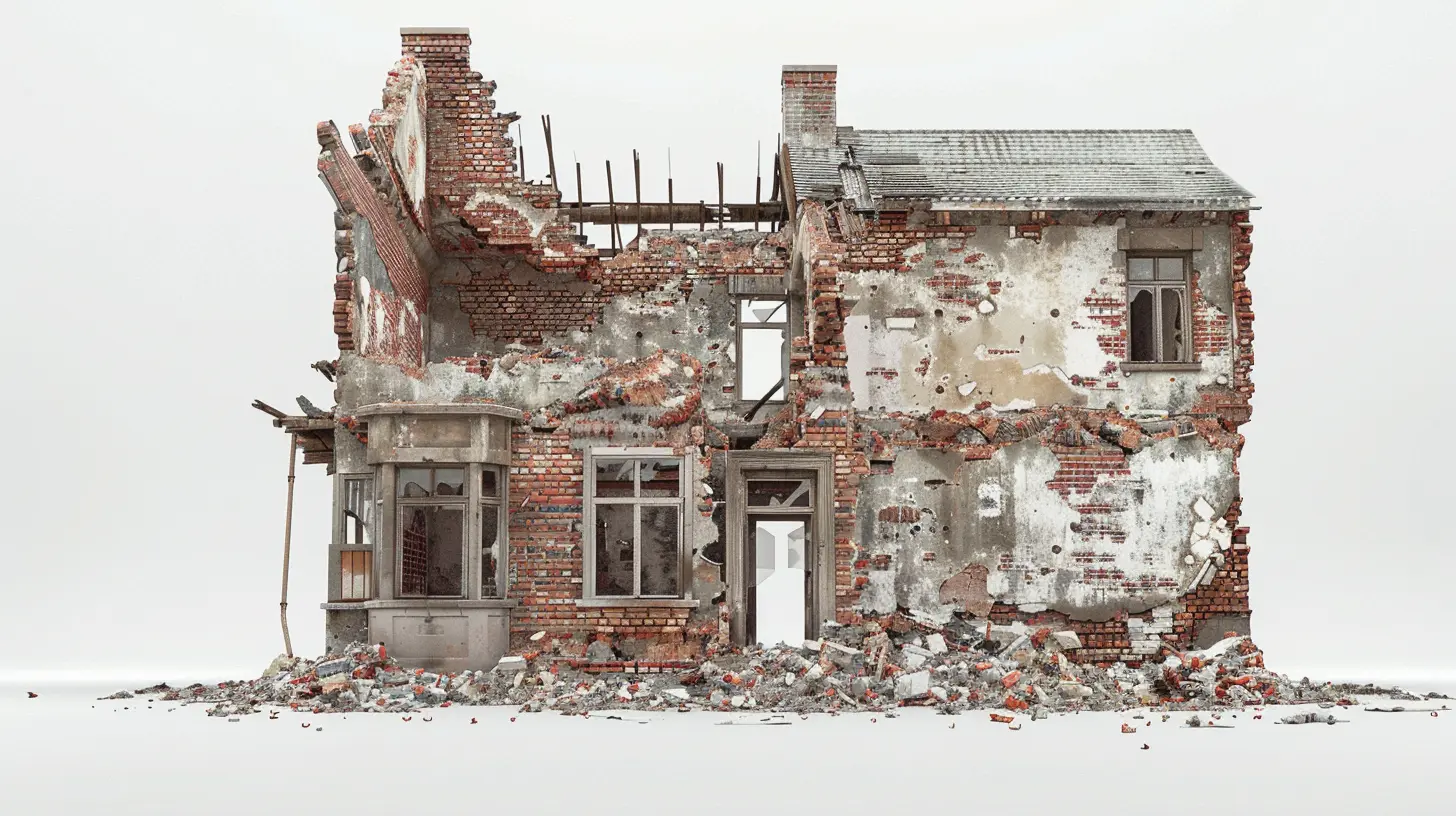
What Goes Into a Realistic Damage Model?
Okay, so you want chaos, but the kind that makes sense. Here’s what game developers look at when crafting realistic destruction systems:1. Physics Engines: The Heart of Destruction
Physics engines are the unsung heroes here. You’ve probably heard of Unreal Engine’s Chaos or Unity’s Havok. These engines simulate real-world physics like gravity, impact forces, and structural stress. Want a wall to crumble under pressure? The physics engine figures out how.But physics alone doesn’t do all the work. Developers tweak the math to make it feel just right. After all, a hyper-realistic collapse might take too long or look boring. It's a balancing act between realism and fun.
2. Material Properties: Not All Things Break the Same
This part’s crucial. A concrete pillar shouldn’t shatter the same way a wooden beam does. Developers assign different materials physical properties like density, brittleness, and tensile strength. That way, when the right force hits, the material reacts—splinters, crumbles, bends, or snaps.It’s kind of like baking. You can’t use the same recipe for a cake and a loaf of bread, right? Destruction is the same—metal, glass, stone, and wood all need their own "recipes" to break convincingly.
3. Procedural vs. Predefined Damage
Now, here’s where things get spicy. Do you predefine how an object should break, or do you let the game calculate it on the fly?- Predefined Damage: Great for performance. You know exactly how an object will break—like a car door always flying off the same way.
- Procedural Damage: More immersive and unpredictable. Every impact creates unique results. But it’s more CPU-heavy.
Games like Battlefield mix both. They use predefined breakpoints for large structures but procedural physics for smaller debris and objects. That's smart optimization!
4. Fracture Systems and Mesh Deformation
Here’s where the magic happens. Fracture systems calculate how an object breaks apart into chunks or fragments. Think of it like Legos breaking apart—but way more complex. Tools like NVIDIA’s Blast or Houdini let devs predefine fracture patterns or generate them dynamically.Mesh deformation is another piece of the puzzle, especially in vehicle damage. Instead of just popping off parts, the car model bends, dents, and warps. It’s what makes your race car look like it’s been through a demolition derby after a crash—and we love that detail.
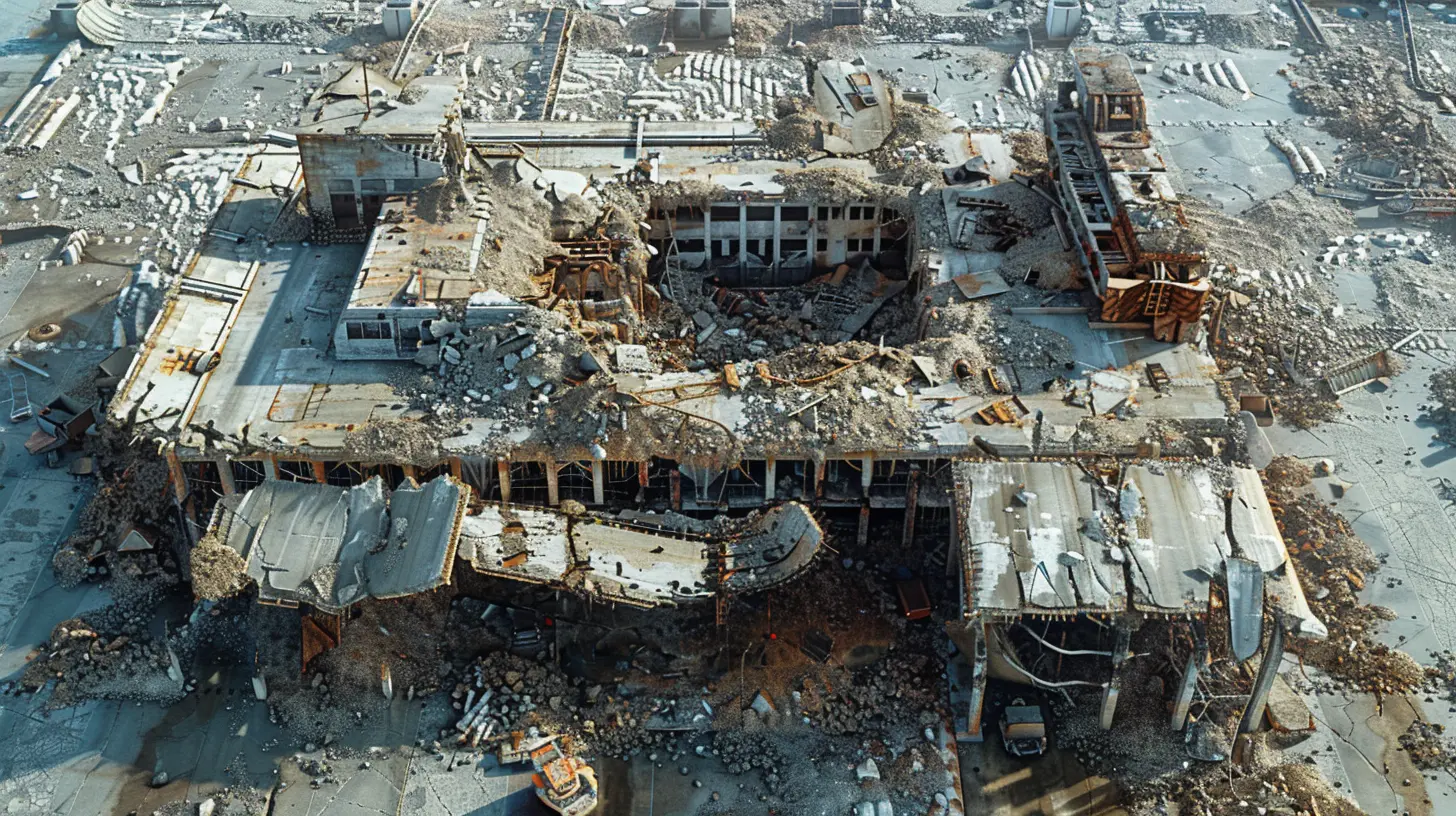
Different Game Genres, Different Needs
Not every game needs the same level of destruction fidelity. Let’s break it down by genre:Open-World Games: Dynamic Environments
Take Just Cause or Grand Theft Auto. Buildings, fences, vehicles—everything is fair game. These open-world titles often lean on a mix of procedural damage and scripted events to preserve performance without sacrificing chaos.First-Person Shooters (FPS): Tactical Destruction
Rainbow Six Siege nailed it. Shooting through drywall to create new sightlines? That’s tactical genius. In FPS games, destruction isn’t just cosmetic—it influences gameplay and strategy.Racing Games: Visual Feedback
In games like Wreckfest or Burnout, car damage isn't just for show; it’s how you evaluate risk and progress. Realistic crumple zones and debris flying around enhance immersion and give players immediate, visceral feedback.Survival Games: Environmental Storytelling
In survival titles like Rust or The Forest, damage tells a story. A half-burned cabin, a broken bridge, or dented armor—these aren't just visuals, they’re evidence of past choices. The damage model becomes part of the narrative.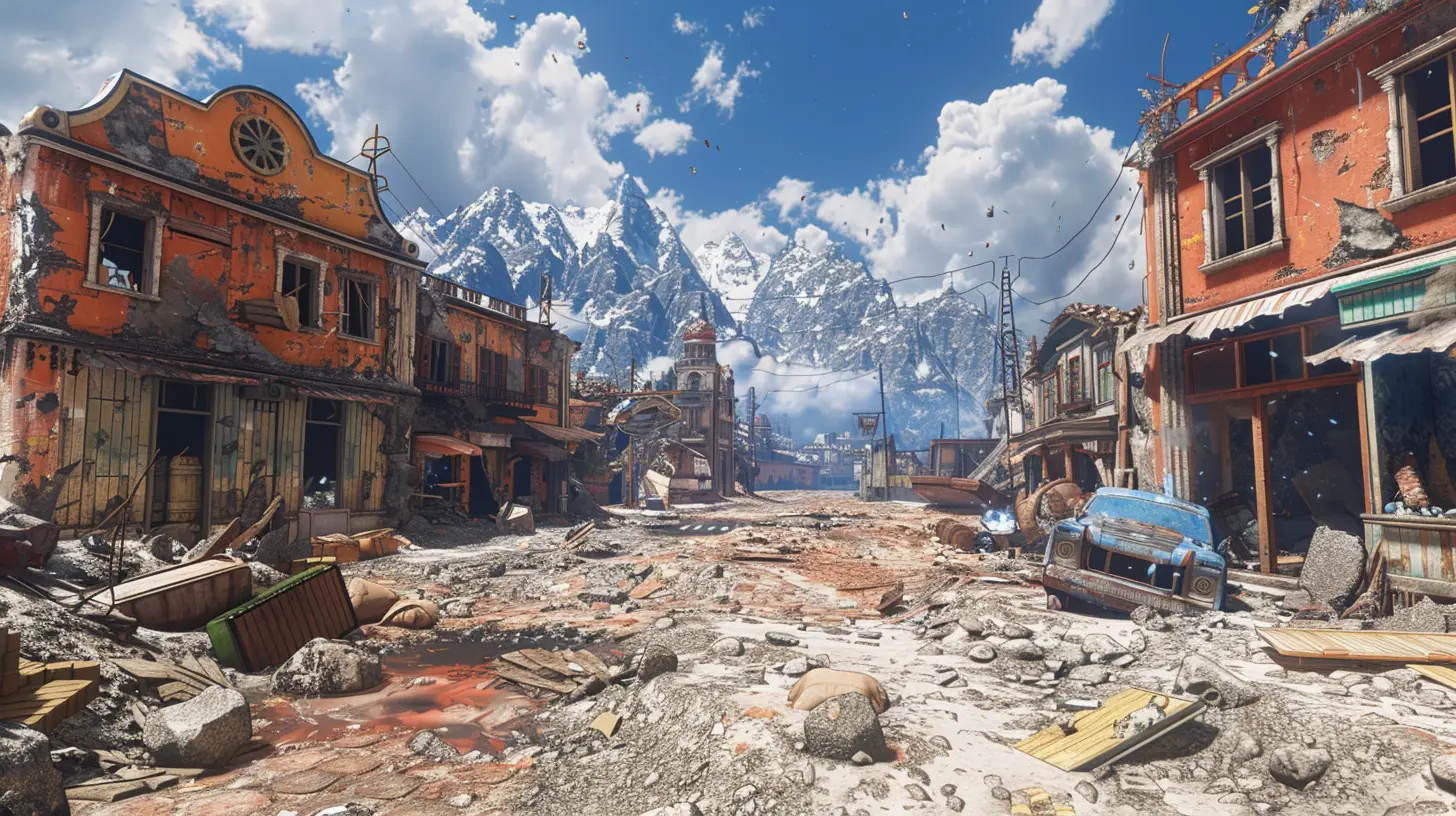
Challenges in Creating Realistic Damage Models
It ain’t all sunshine and explosions. Making realistic damage models comes with its share of headaches:- Performance Overhead
Simulating destruction in real-time eats up processing power, especially with physics-heavy models. You’ve got to calculate every fragment, force, and interaction. That’s not light work!- Animation and Transitions
Let’s say a wall goes from pristine to rubble. If transitions aren’t smooth, it looks like it teleported from one state to another. Developers need to blend animations, physics, and effects to make it seamless.- Multiplayer Syncing
Now throw in multiplayer. All players need to see the same damage in real time. If a bridge collapses for one but not another, chaos turns into confusion. Network syncing becomes mission-critical.- Player Expectations
Once you give players the power to destroy, they’ll try to break everything. And when something doesn’t break the way they expect—immersion breaks too. Devs have to balance realism with design constraints.Smart Tricks Devs Use (That You Probably Didn’t Notice)
Game developers are wizards. Here are a few tricks they pull behind the scenes to keep things running smooth:- Fake debris: Only simulate fragments close to the camera. The rest? Static mesh with particle effects.
- Despawn timers: Debris disappears after a while to reduce load—usually when you're not looking.
- Trigger zones: Some destruction is purely scripted and only activates when a player crosses a certain point.
- Occlusion culling: Don’t render destruction if it’s behind walls or out of view.
These smoke-and-mirrors techniques keep things looking real without frying your graphics card.
The Role of Audio and Visual Effects
Don’t underestimate the power of sound and flair. A good crunch, a believable explosion sound, flying dust particles—these elevate the destruction tenfold. It’s the difference between “meh” and “WOW.”Think about a building collapse. Without the echoing boom or the screech of twisting metal, it just feels off. The best developers sync audio and visual effects precisely with the physics to sell the illusion of destruction.
What the Future Holds for Destruction in Games
We’re already seeing some wild advancements. Real-time ray tracing adds more believable lighting and shadows to destruction. Machine learning is even being toyed with for predicting and simulating complex interactions. Talk about next-level.Imagine using AI to train a game how a structure might naturally collapse based on its materials and layout. That’s not sci-fi—that’s the kind of tech studios are experimenting with today.
VR also ups the ante. In virtual reality, physical feedback and realistic destruction go hand-in-hand. You break a bottle, you expect shards to fall in all directions—and in proper scale and proportion. The bar is only rising.
How Indie Developers Are Getting in the Game
Good news: high-quality destruction isn’t just for AAA studios anymore. Tools and plugins like Unity’s ECS, NVIDIA PhysX, and even open-source fracture tools are making it easier for indies to dip into the world of breakable beauty.Indie hits like Teardown prove that you don’t need a massive budget to deliver jaw-dropping destruction. With clever design, voxel art style, and real-world physics, Teardown made every demolition feel personal and satisfying.
Final Thoughts
Creating realistic damage models in destruction-based games is part art, part science, and part engineering wizardry. It’s a behind-the-scenes craft that, when done right, completely transforms the player experience. We’re not just talking about blowing things up—we’re talking about storytelling through destruction, layering gameplay with physics, and immersing players in a world that feels just a bit more alive because it can fall apart.Whether you're a developer dreaming of shattered glass and crushed metal, or just a gamer who appreciates the satisfying fall of a brick tower, one thing’s for sure: realistic damage models are here to stay—and they’ll keep getting better (and messier!) as tech evolves.
all images in this post were generated using AI tools
Category:
Realism In GamesAuthor:

Lana Johnson
Discussion
rate this article
1 comments
Wilder McSweeney
Impressive insights on realism; crucial for immersive gaming experiences!
September 2, 2025 at 4:38 AM

Lana Johnson
Thank you! I'm glad you found the insights valuable for enhancing immersion in gaming.
